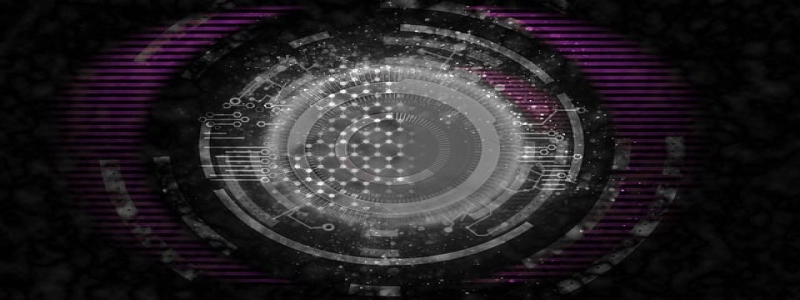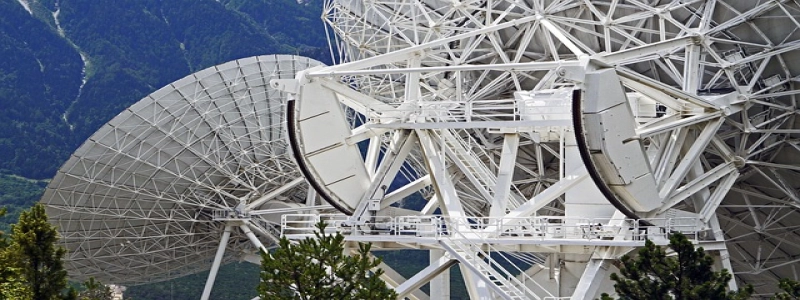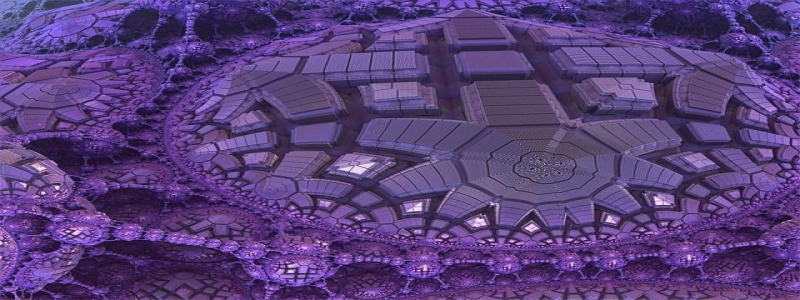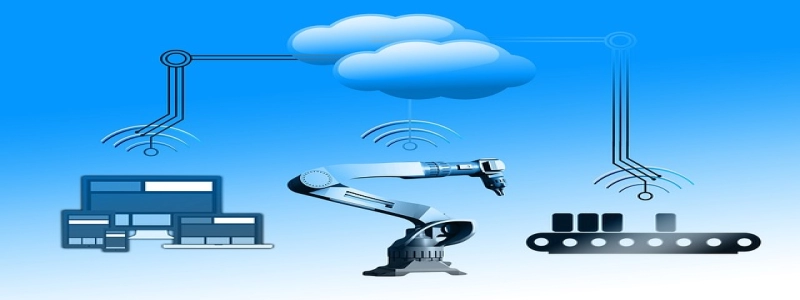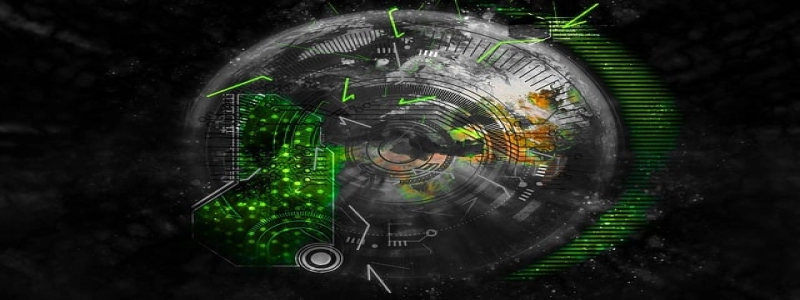UV-C wavelength
Introduction:
UV-C wavelength refers to a specific range of ultraviolet (UV) light that falls in the short-wavelength spectrum. This type of UV light is known for its ability to destroy microorganisms and has various applications in different fields. In this article, we will explore the characteristics of UV-C wavelength and its uses in disinfection and sterilization.
1. What is UV-C wavelength?
UV-C wavelength refers to light waves with a wavelength range of 200 to 280 nanometers (nm). These waves are shorter than UV-A and UV-B wavelengths, making them higher in energy. UV-C wavelength is a part of the electromagnetic spectrum and is invisible to the naked eye.
2. Characteristics of UV-C wavelength:
– Germicidal properties: UV-C wavelength has germicidal properties, meaning it can kill or inactivate microorganisms such as bacteria, viruses, and molds. It does so by damaging the DNA and RNA of these organisms, preventing their growth and reproduction.
– Limited penetration: UV-C wavelength has limited penetration power, meaning it cannot pass through solid objects such as clothing or most surfaces. It is mostly effective on exposed surfaces or in direct contact with the targeted organisms.
– Ozone production: UV-C wavelength can produce small amounts of ozone when it interacts with oxygen in the air. Ozone has its own disinfecting properties and can further enhance the overall germicidal effect in certain applications.
3. Uses of UV-C wavelength:
– Water and air purification: UV-C wavelength is commonly used in water and air purification systems to kill microorganisms present in these mediums. It is particularly effective in eliminating harmful bacteria, viruses, and parasites that may be present in water or airborne particles.
– Surface disinfection: UV-C wavelength can be utilized to disinfect various surfaces, especially in healthcare settings such as hospitals and laboratories. It is often used in the sterilization of medical equipment, surgical instruments, and environmental surfaces to prevent the spread of infections.
– Food and beverage industry: UV-C wavelength is also employed in the food and beverage industry to disinfect surfaces, packaging materials, and processing equipment. This helps eliminate potential contaminants and extends the shelf life of products.
– HVAC systems: Heating, ventilation, and air conditioning (HVAC) systems can benefit from UV-C wavelength to reduce microbial growth and maintain a cleaner indoor environment. UV-C light can be installed in these systems to minimize the spread of germs and improve air quality.
– Occupational safety: UV-C wavelength can also be utilized for occupational safety purposes, particularly in industries where employees are exposed to hazardous or infectious substances. UV-C light can be used to disinfect work areas and equipment, preventing the spread of infections and ensuring a safer working environment.
Conclusion:
UV-C wavelength is a powerful tool in the fight against microorganisms. Its ability to destroy bacteria, viruses, and molds makes it an effective solution for disinfection and sterilization purposes. With applications ranging from healthcare settings to food and beverage industries, UV-C wavelength has become an essential component in maintaining a clean and hygienic environment.
